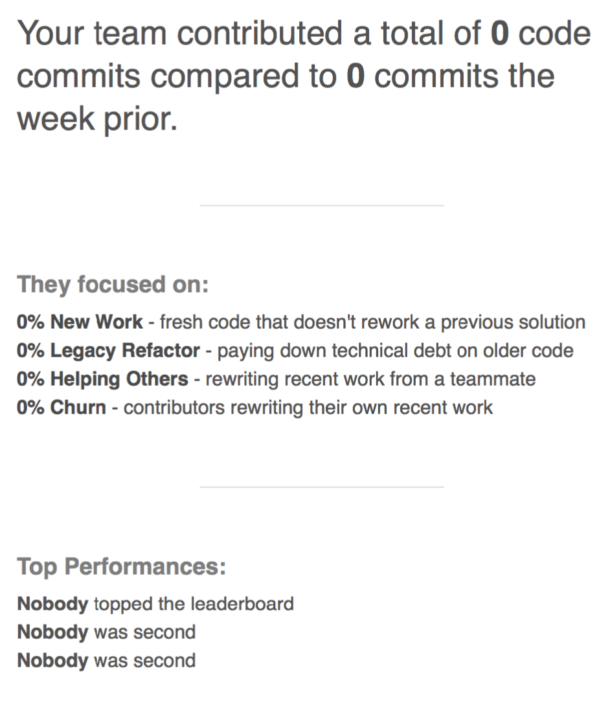Let’s stop email littering

I grew up in Texas, and I have a vivid memory of Willie Nelson singing “Don't Mess with Texas” during breaks in Saturday morning cartoons as a kid. The phrase started as an ad campaign for the Texas Department of Transportation with the goal of convincing people to stop throwing trash out of their cars and save the $20 million they were spending to clean litter from highways each year. It was a huge success and gets most of the credit for reducing trash on Texas highways roughly 72% between 1986 and 1990.
Throwing garbage on the side of the road used to seem harmless. Individuals who littered thought it wasn’t a big deal because they only saw a single piece of trash. They weren’t thinking about their sloppiness multiplied by hundreds or thousands of other people throwing out their garbage. The consequence was an endless tide of litter.
Littering is less of a problem today because we’ve spread the message about how our individual choices help keep roads clean. We share roads, so it was easy to be disgusted by the problem of littering. Email inboxes are more personal, and that makes it harder to realize how cluttered we’ve made them. Our inboxes fill up with email that isn’t “technically spam” because software everywhere spits out useless emails without consideration of the consequences. These applications are “email littering,” and it’s time we all started thinking about it.
We started talking about email littering one day after Ilya shared a baffling notification email with our team. He signed up for a trial of a service and got this activity email a few weeks after he signed up:

This email wanted Ilya’s attention but delivered no value. When he shared it, Dana called it “email littering” and the phrase stuck in my head. It’s not technically spam, but it might as well be. This email wasn’t terrible or malicious. It was just careless, or maybe sloppy; like littering.
People don’t hate email. They hate the demand it makes on their time and attention. They hate when you don’t respect their inbox. With real littering, you only pay if you got caught. With email littering, you always get caught. You don’t have to pay a fine, but the sending reputation of your domain suffers with every unnecessary message and lack of engagement by the recipient.
This lack of engagement by recipients punishes your reputation with mailbox providers and ISPs as they see their users engage with your email less and less over time. In our guide to help troubleshoot email delivery problems we looked at how mailbox providers use email engagement as a barometer to determine which messages are valuable to their users. They use this engagement data to filter email for their customers, sending it either to the spam folder or promotion tab. There are a variety of signals mailbox providers use to measure engagement, but it’s easy to sum up the goal of these signals with one simple maxim:
Send emails people expect and want to receive.
Don’t let your transactional emails become just another piece of email litter. Even if you use your product, you might only see your onboarding or other transactional messages once. Take time to find ways to dig into how customers are using these messages and how they respond. You’ll have happier customers, and your sending reputation will thank you for it.


